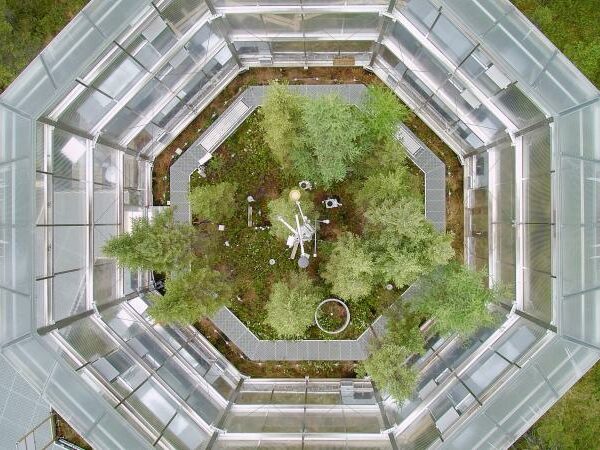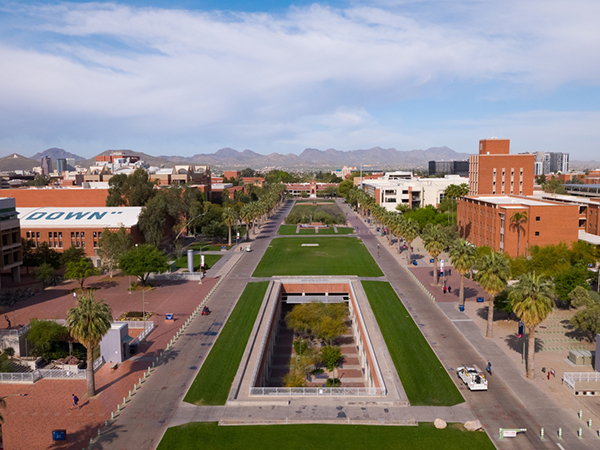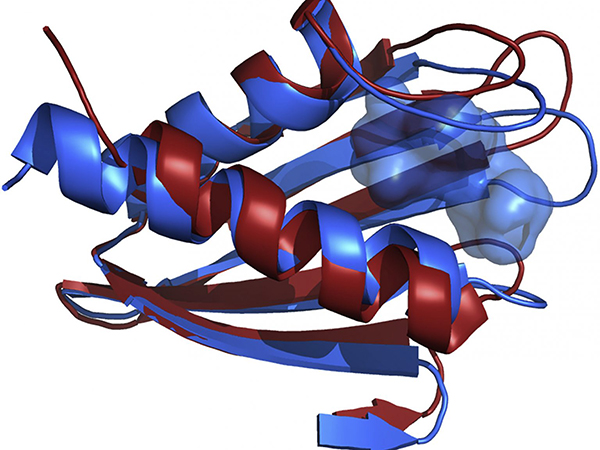The Grand Canyon State is a hive of entrepreneurial activity. Arizona’s economic drivers and ORNL’s research areas overlap in several key industries: aerospace and defense, technology and innovation, and advanced manufacturing. ORNL partners with several of the state’s top universities on projects related to climate change, quantum networking, and pharmaceutical research.

ORNL’s user facilities offer a diverse set of tools for experiments across a range of fields, including biology, materials and energy sciences, physics, engineering, and chemistry. Learn more about ORNL’s user facilities. Data reflects fiscal year 2020 except for scientific publications, which covers 2016–2020. Partner stories reflect work conducted from 2016 to present.

Northern Arizona University collaborates with ORNL on the Spruce and Peatland Responses under Changing Environments, or SPRUCE, experiment to study a forested bog in Minnesota. The university collects and analyzes daytime images from 10 experimental plots, each set to different temperatures and carbon dioxide levels. These images track plant responses, including greenness, to changing conditions. The data help scientists better understand peatlands, a unique ecosystem covering about 3% of Earth’s land.

ORNL is partnering with the University of Arizona on two projects that support quantum networks. Quantum networks will be used to enhance sensors, boost computing power, and reinforce secure communication networks.
The first project focuses on entanglement. When two particles of light come together, or become entangled, they connect in a way that could change the way information is relayed.
The second project focuses on quantum repeaters, which are needed to build a national-scale quantum internet. Testing will take place on ORNL’s own quantum local area network, which connects multiple laboratories in four buildings in Oak Ridge, Tennessee.
Learn more about computer science at ORNL.
Listen to ORNL’s Sound of Science podcast episode “Quantum Science: Exploring Subatomic Weirdness”.

A team of researchers from Arizona State University have used Summit, the nation’s fastest supercomputer, located at ORNL, to take a closer look at protein structures in a deadly, highly contagious bacterium that causes tularemia, also known as rabbit fever. The bacterium could present a serious bioterrorism threat given that it can be spread through the air. Supercomputer simulations such as the ones used in this research help scientists better understand how to develop vaccines and treatments.
Honeywell and NASA researchers used ORNL’s Spallation Neutron Source to study a form of nickel commonly used to develop turbine blades and other objects used in transportation and aerospace. These experiments give scientists a better understanding of how to strengthen this material against various stresses that typically arise during manufacturing and from exposure to long-term operations.
For more information, contact [email protected].
